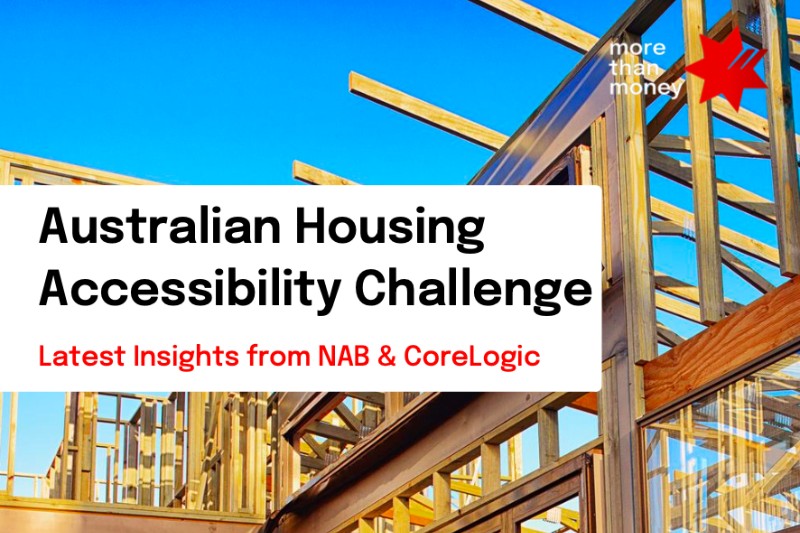Sign up to the Built Offsite Newsletter

CoreLogic and NAB push modular solutions for housing crisis.
NAB and CoreLogic have published a new report highlighting the critical need for more affordable and accessible housing in Australia. The report, published as part of NAB’s efforts to address the housing crisis, emphasises the growing pressure on housing availability and affordability. A theme in the report is NAB’s pledge to invest $6 billion in affordable and specialist housing by 2029, with modular construction playing a key role in achieving these targets.

According to Andrew Irvine, CEO of NAB, housing is not only one of Australia’s biggest challenges but also a major opportunity. “Housing availability and affordability continue to be enormous societal and policy challenges. Scalability is crucial for success. We need innovation in terms of design, modularisation, and new construction methods,” Irvine stated. His comments underwrite the importance of working collaboratively across sectors to deliver both quantity and quality in affordable housing solutions.
The Imperative for housing innovation
The report outlines several pressing issues that contribute to the current housing shortage, including high construction costs, labour shortages, and slow approval processes. These factors have led to a significant backlog in housing projects, delaying much-needed completions. According to NAB, one way to alleviate this pressure is through modular construction and other innovative building techniques.
“While progress has been made, we need to work together with urgency and innovation in both the type of housing and methods of construction to tackle this crisis,” Irvine added. According to the report, modular construction also aligns with NAB’s broader goals of scalability and sustainability in housing.
Issues and opportunities
The NAB and CoreLogic report stresses that housing supply is not meeting demand, and the number of new dwelling approvals remains significantly below what is required. National dwelling approvals have declined by 6.1%, with unit approvals down 17.5%, a trend the report attributes to labour shortages, high material costs, and sluggish approval processes. This backlog has slowed the construction pipeline, creating a vacuum in new housing supply.

“That’s why we’re backing large projects that use innovative solutions, like modular housing and build- to-rent, to support social and community need, and workforce demand.”
Julie Rynski, Chair – NAB Affordable Housing Council
Despite these challenges, modular construction is highlighted as a key opportunity to fast-track developments. The method’s flexibility and scalability could help meet Australia’s ambitious target of 1.2 million new homes by 2029. The bank has also identified modular construction as a focal point for its investment strategy, pledging to support innovative projects that can deliver social and affordable housing at scale.
Stuck in the pipeline
The report also draws attention to the “stuck in the pipeline” phenomenon, where housing projects, although approved, are delayed in their completion due to a variety of factors including financing challenges, construction delays, and regulatory bottlenecks. Modular construction is once again presented as a solution to these issues, offering faster build times and reduced on-site labour needs.
NAB’s $6 billion pledge will target various segments, including specialist disability accommodation and housing for low-income earners and essential workers. This investment, alongside partnerships with community housing providers, developers, and government bodies, aims to accelerate the delivery of affordable housing across Australia.
Julie Rynski commented, “While some progress is being made, we need to work together with more urgency and be far more innovative in both the type of housing and methods of construction if we are to tackle this crisis effectively.”
Download the report HERE (pdf)